The Power of Color Coding in Foodservice and Cleaning: Enhancing Safety, Preventing Contamination, and Driving Efficiency

In fast-paced foodservice and cleaning environments, cross-contamination and inefficiencies can threaten both safety and quality. One of the simplest, yet most effective ways to address these challenges is through a color coding system. By assigning specific colors to tools used in different areas or for different tasks, organizations can create clear visual distinctions that reinforce hygiene protocols and streamline operations.
Why Color Coding Matters
Color coding is far more than just an aesthetic choice—it’s a practical, standards-aligned strategy that improves food safety and workflow. Here's how:
- Prevention of Cross-Contamination
Clearly assigned colors help prevent the use of the same tools for incompatible tasks. This minimizes the risk of foodborne illness and supports allergen management and food safety compliance.
- Support for Food Safety Standards
Standards such as HACCP, FDA food codes, and ISO 22000 all emphasize zone separation and contamination control. Color-coded equipment makes it easy to comply with these standards and simplifies audits.
- Operational Efficiency
Color coding reduces training time and human error by making it instantly obvious which tool belongs where. Workers spend less time identifying the right tool, leading to improved productivity.
Examples of Color-Coded Solutions
Vikan Hygiene Tools
Vikan offers a comprehensive range of color-coded cleaning tools used across food and beverage industries. Their products include:
- Color-coded brooms, squeegees, brushes, and shovels designed for different zones.
- Hygienic design principles to minimize bacteria harboring.
- Durable, high-visibility tools that meet stringent food safety requirements.
Their products support complete zone segregation, helping prevent bacterial spread and cross-contamination, especially in critical food-contact and high-risk areas.
Vollrath Color-Coded Squeeze Dishers
Vollrath’s color-coded squeeze dishers are a great example of color-coded efficiency in portion control. These dishers:
- Feature different colors for various portion sizes.
- Help kitchen staff quickly identify the right tool for consistent serving.
- Support hygiene by designating dishers for different food types or allergens.
This eliminates confusion, reduces food waste, and ensures portion accuracy—vital for both customer satisfaction and cost control.
Best Practices for Implementing Color Coding Systems
To get the most out of your investment in color-coded tools, follow these steps:
- Conduct a Risk Assessment
Define which areas or processes require segregation to avoid cross-contamination. - Create a Visual Color Map
Assign specific colors to different zones or ingredients and post the map prominently in the workplace. - Train Staff Thoroughly
Ensure all team members understand the purpose and rules of your color-coding system. - Standardize Across Locations
Use the same color system throughout all sites to simplify training and auditing. - Audit and Replace as Needed
Worn or faded tools compromise the system. Schedule regular inspections to ensure effectiveness.
Conclusion
Color coding is a low-cost, high-impact solution that boosts hygiene, improves compliance, and increases efficiency in both foodservice and janitorial operations. With proven tools like Vikan’s hygienic cleaning equipment and Vollrath’s color-coded portion control dishers, organizations can create safer, smarter, and more productive workplaces.
At Acme Paper, we don’t just supply products—we provide thoughtful, customized solutions that help our clients optimize for safety, efficiency, and success. Color coding is just one example of how we support our partners with forward-thinking strategies that align with their operational goals. Whether you're building a food safety program or rethinking your sanitation protocols, we're here to help you every step of the way.

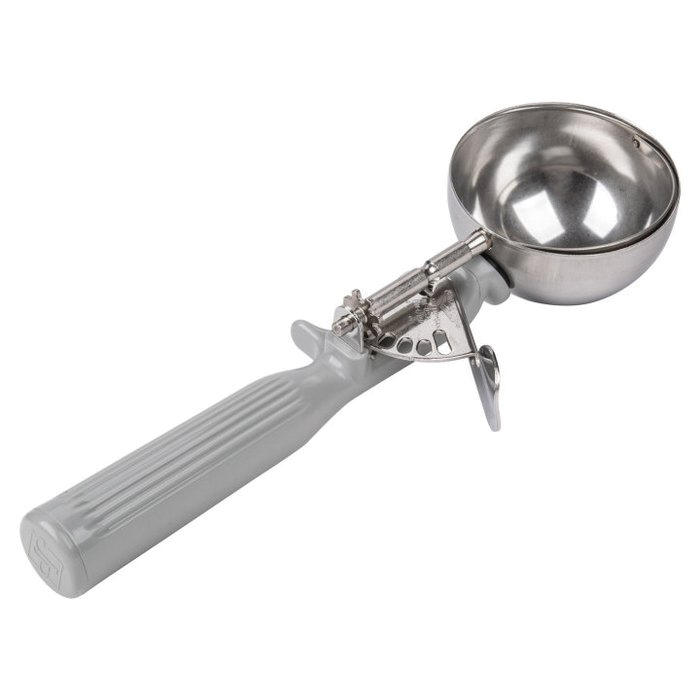
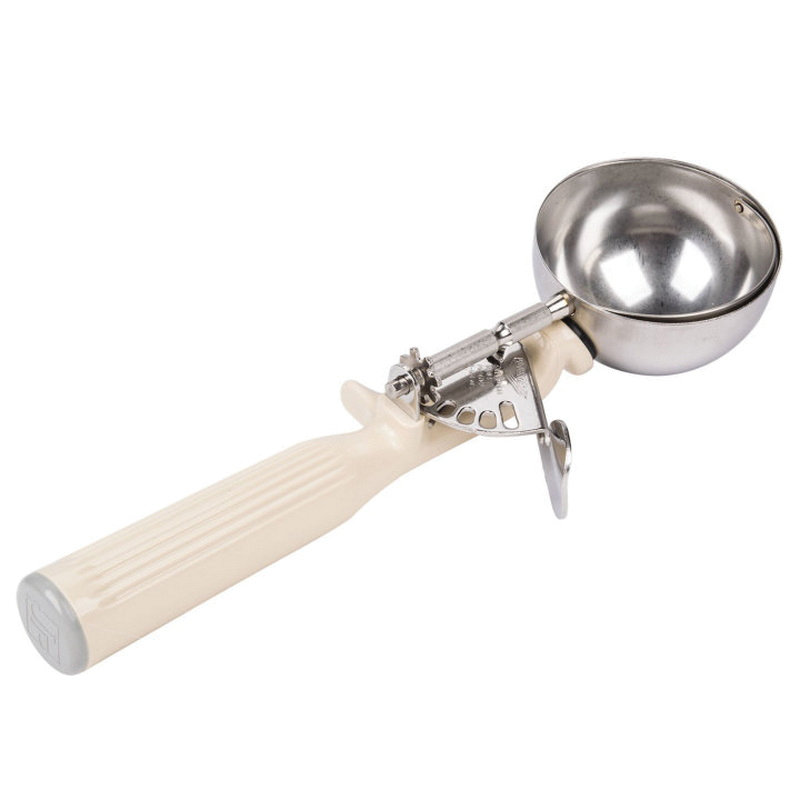






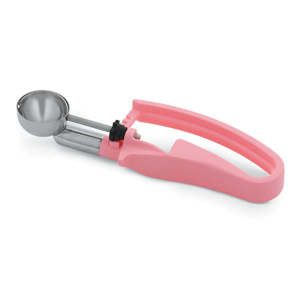
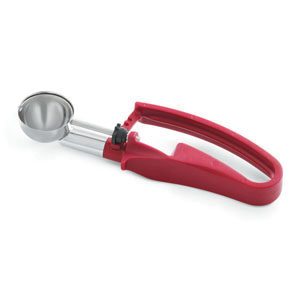
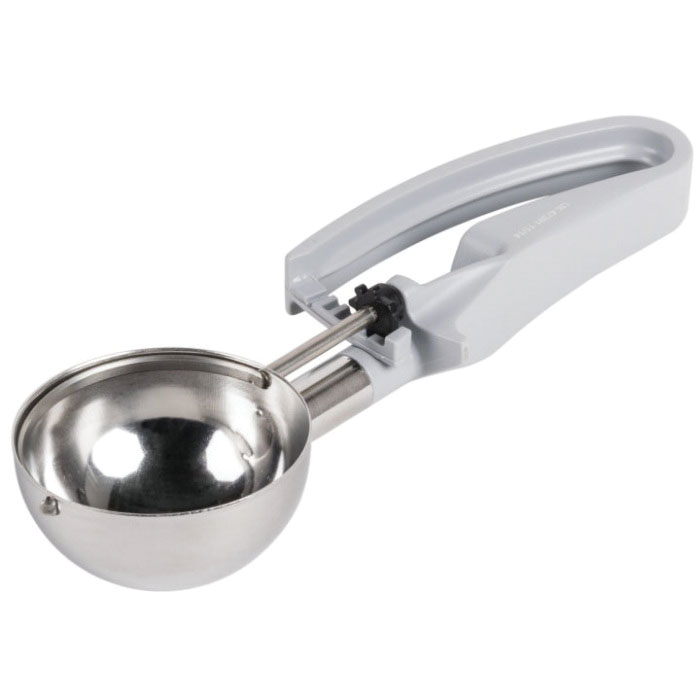


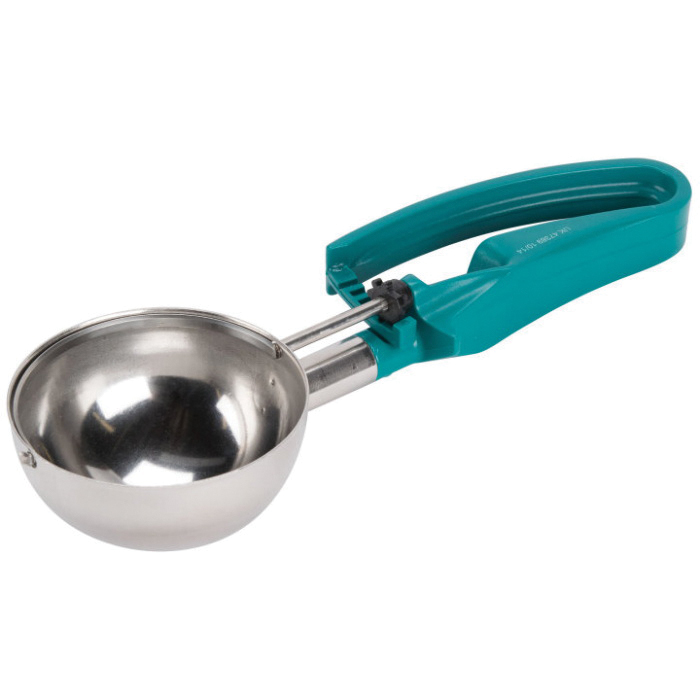

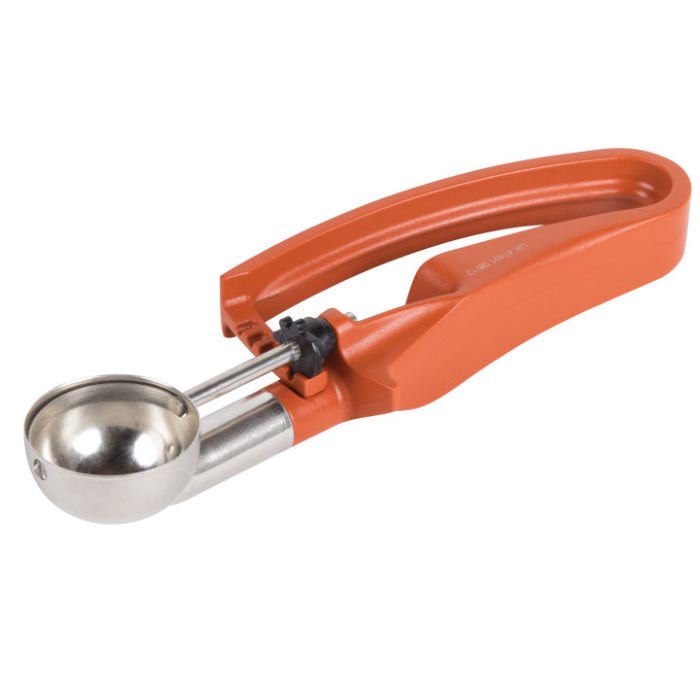
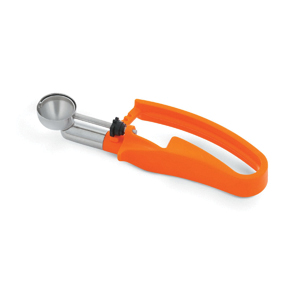


Search Our Blog
Search Our Blog
The Power of Color Coding in Foodservice and Cleaning: Enhancing Safety, Preventing Contamination, and Driving Efficiency

In fast-paced foodservice and cleaning environments, cross-contamination and inefficiencies can threaten both safety and quality. One of the simplest, yet most effective ways to address these challenges is through a color coding system. By assigning specific colors to tools used in different areas or for different tasks, organizations can create clear visual distinctions that reinforce hygiene protocols and streamline operations.
Why Color Coding Matters
Color coding is far more than just an aesthetic choice—it’s a practical, standards-aligned strategy that improves food safety and workflow. Here's how:
- Prevention of Cross-Contamination
Clearly assigned colors help prevent the use of the same tools for incompatible tasks. This minimizes the risk of foodborne illness and supports allergen management and food safety compliance.
- Support for Food Safety Standards
Standards such as HACCP, FDA food codes, and ISO 22000 all emphasize zone separation and contamination control. Color-coded equipment makes it easy to comply with these standards and simplifies audits.
- Operational Efficiency
Color coding reduces training time and human error by making it instantly obvious which tool belongs where. Workers spend less time identifying the right tool, leading to improved productivity.
Examples of Color-Coded Solutions
Vikan Hygiene Tools
Vikan offers a comprehensive range of color-coded cleaning tools used across food and beverage industries. Their products include:
- Color-coded brooms, squeegees, brushes, and shovels designed for different zones.
- Hygienic design principles to minimize bacteria harboring.
- Durable, high-visibility tools that meet stringent food safety requirements.
Their products support complete zone segregation, helping prevent bacterial spread and cross-contamination, especially in critical food-contact and high-risk areas.
Vollrath Color-Coded Squeeze Dishers
Vollrath’s color-coded squeeze dishers are a great example of color-coded efficiency in portion control. These dishers:
- Feature different colors for various portion sizes.
- Help kitchen staff quickly identify the right tool for consistent serving.
- Support hygiene by designating dishers for different food types or allergens.
This eliminates confusion, reduces food waste, and ensures portion accuracy—vital for both customer satisfaction and cost control.
Best Practices for Implementing Color Coding Systems
To get the most out of your investment in color-coded tools, follow these steps:
- Conduct a Risk Assessment
Define which areas or processes require segregation to avoid cross-contamination. - Create a Visual Color Map
Assign specific colors to different zones or ingredients and post the map prominently in the workplace. - Train Staff Thoroughly
Ensure all team members understand the purpose and rules of your color-coding system. - Standardize Across Locations
Use the same color system throughout all sites to simplify training and auditing. - Audit and Replace as Needed
Worn or faded tools compromise the system. Schedule regular inspections to ensure effectiveness.
Conclusion
Color coding is a low-cost, high-impact solution that boosts hygiene, improves compliance, and increases efficiency in both foodservice and janitorial operations. With proven tools like Vikan’s hygienic cleaning equipment and Vollrath’s color-coded portion control dishers, organizations can create safer, smarter, and more productive workplaces.
At Acme Paper, we don’t just supply products—we provide thoughtful, customized solutions that help our clients optimize for safety, efficiency, and success. Color coding is just one example of how we support our partners with forward-thinking strategies that align with their operational goals. Whether you're building a food safety program or rethinking your sanitation protocols, we're here to help you every step of the way.
























